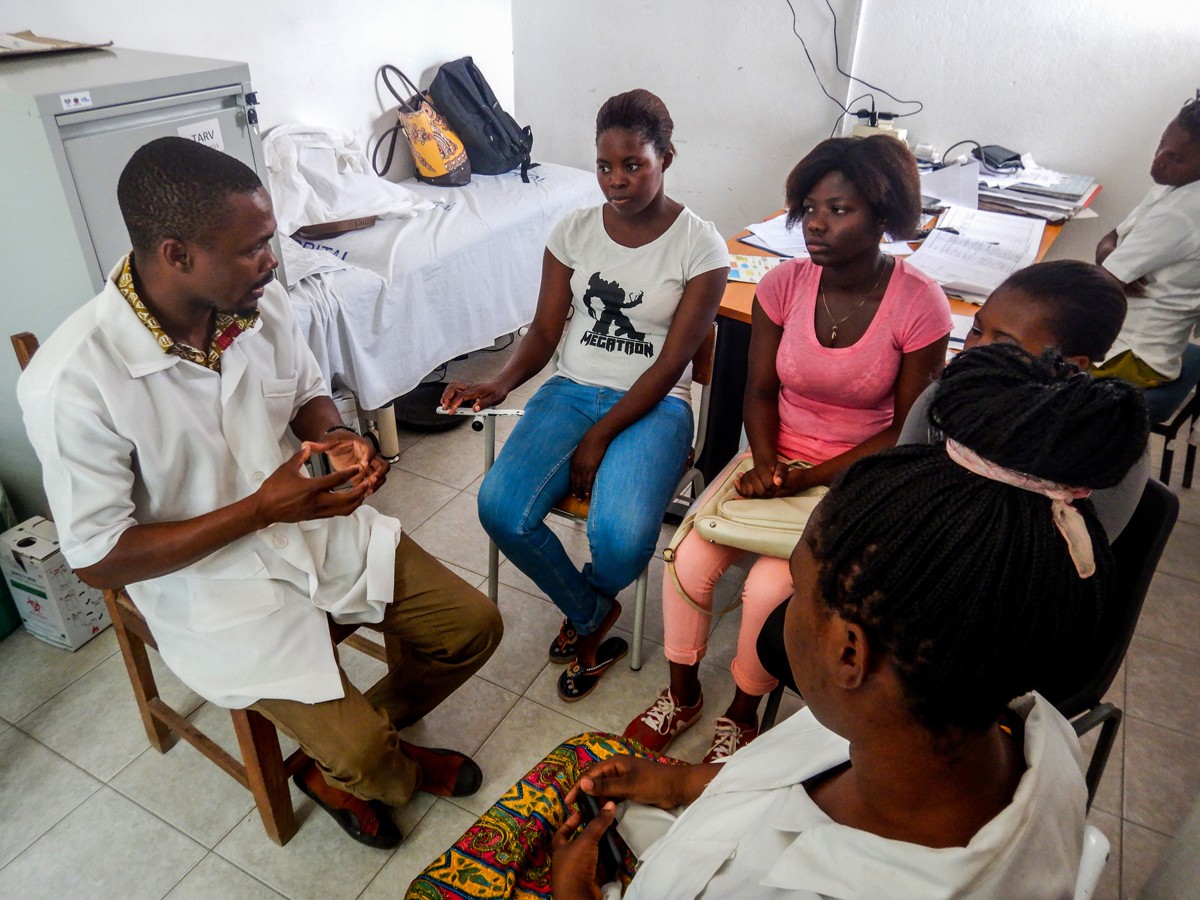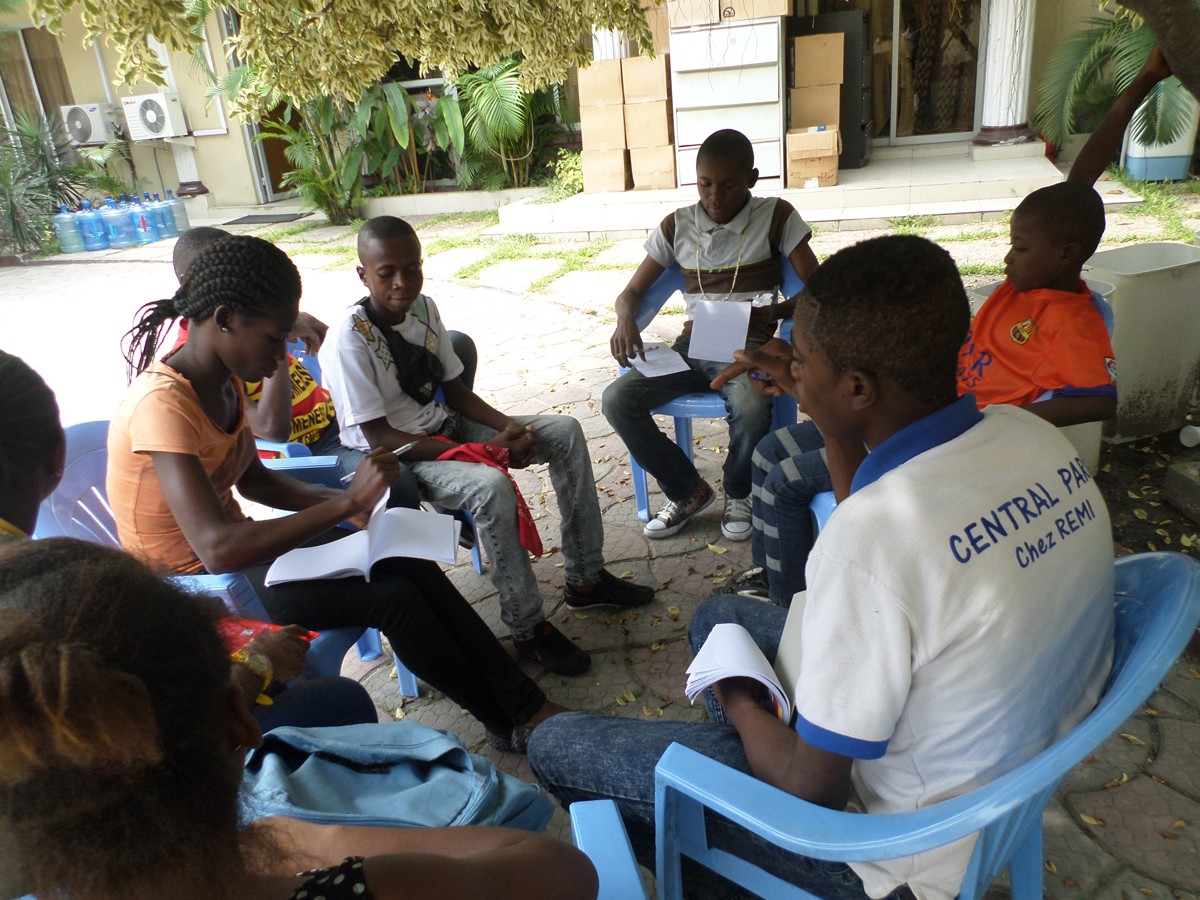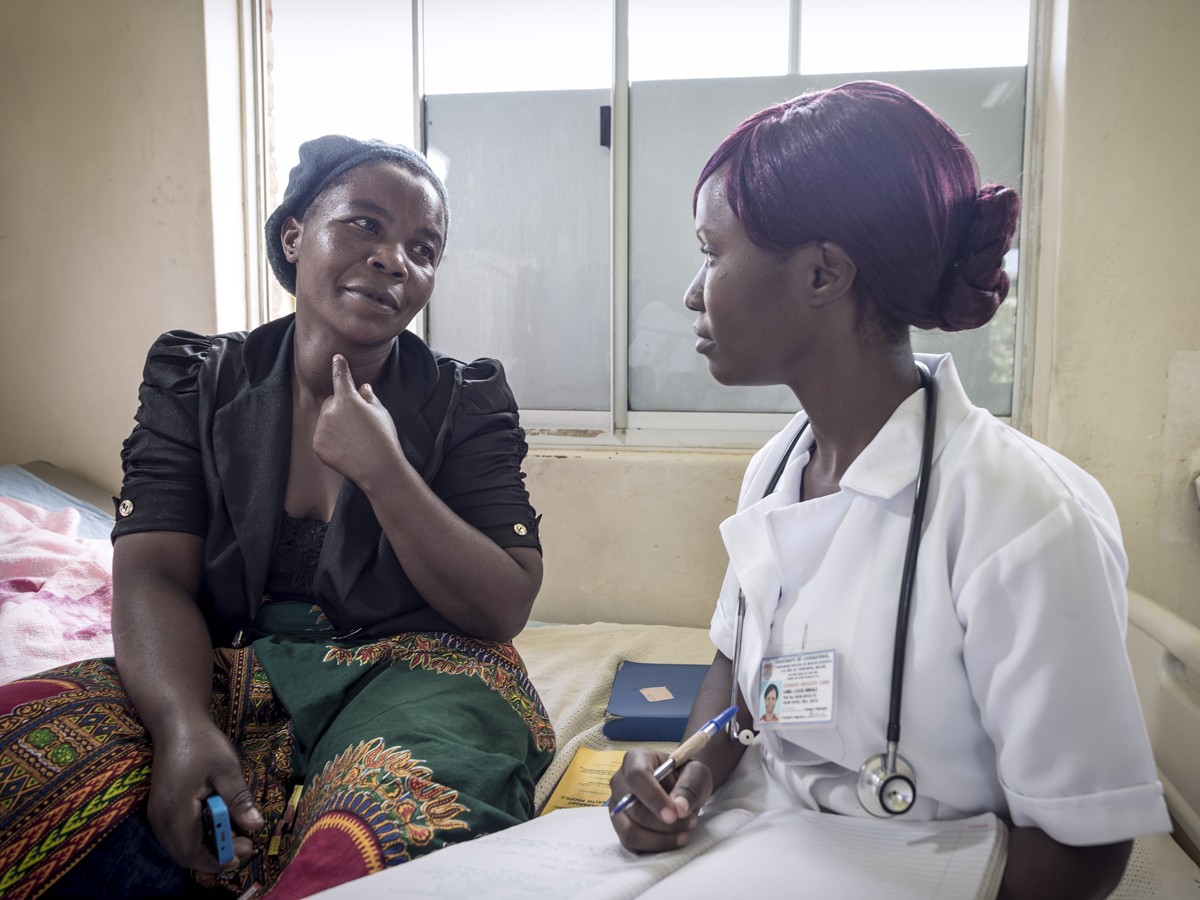Authors:
Abstract:
Introduction: Because of privacy and ethical concerns, the data cannot be made available because of the sensitivity of the HIV data and the relatively small sample and ease of identifying people if a few demographics are known. Few studies have examined intimate partner violence (IPV) victimization among adolescents and young adults (AYAs) with perinatally acquired HIV-infection (PHIV) or perinatal HIV exposure without infection (PHEU) in the United States. The purpose of this study was to (1) estimate lifetime and past-year prevalence of IPV victimization and (2) examine correlates of IPV victimization by subtype (physical, psychological, and sexual) and severity (low, moderate, and severe).
Methods: Data came from the sixth interview of an ongoing New York City-based longitudinal study of primarily Black and Latinx AYAPHIV and AYAPHEU. We examined 232 participants (142 PHIV; 90 PHEU) who had reported having been in at least 1 romantic relationship. We used logistic regression models to explore the association between IPV victimization outcomes and select sociodemographic, psychiatric, and environmental factors. Models were adjusted for age, gender, race, ethnicity, and HIV status.
Results: IPV victimization prevalence was 84% for lifetime and 65% for the past year. There were no differences in IPV victimization prevalence by PHIV status. Having a recent substance use disorder, reporting higher levels of neighborhood stress, and being male were all positively associated with at least 1 IPV outcome; stronger familial relationships exhibited a protective effect.
Conclusions: The present study suggests that the prevalence of IPV victimization among AYAPHIV and AYAPHEU is exceedingly high that warrants targeted IPV screening and programming for this population.








